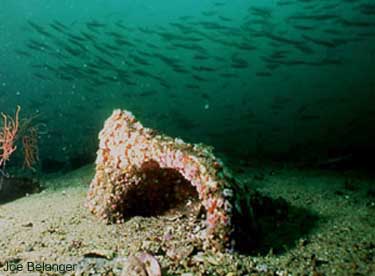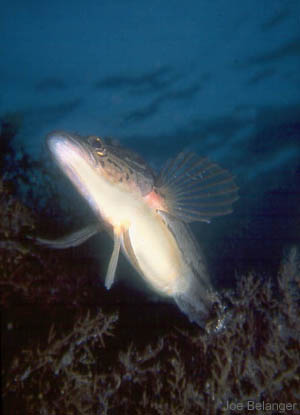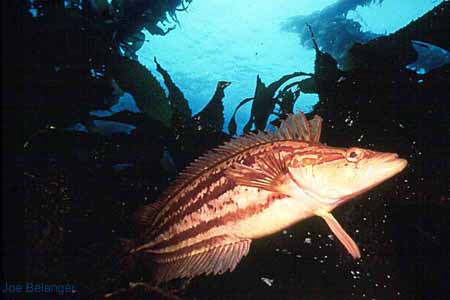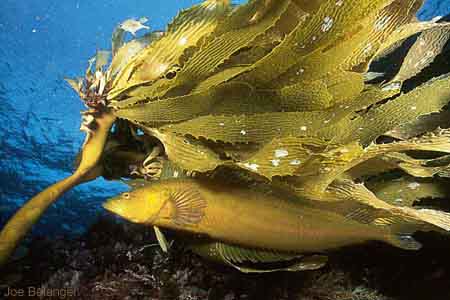
 |
Toilet Bowl Reef | |||||
 |
Giant Kelpfish | |||||

CW-016 |
California Sealion
| |||||

CW-017 |
Kelp Fish | |||||

CW-018 |
Kelp Fish | |||||